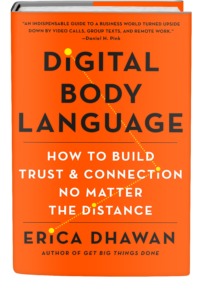“I’ve always been fascinated by asking why things are the way they are. It’s about how you take a questioning mind into the world around you and go somewhere else with it, into something unknown.” –Michael Singer
Michael Singer, an artist in the public realm, has been instrumental in transforming public art, architecture, landscape, and planning projects into successful models for urban and ecological renewal.
I met with Michael recently and he reminded me of the value of keep one foot in the leadership change world and one foot in the art and dance world, knowing that these worlds inform each other and challenge one another. When I ask a big enough question, I need more than one discipline to solve it.
A major theme in Michael’s work is concept of questioning assumptions. On his website, you’ll see a variety of questions. He asks these questions not to find an answer, rather to offer a different way to see what’s around him. A scientist will ask ‘why’, an engineer will ask ‘how’, and Michael asks ‘what’. The way he uses language is very much the way he communicates with the world.
His advice for artists, changemakers and policymakers is to go out and find a problem and get people together from different disciplines to solve it. With this approach, he believes groups can rethink infrastructures to create spaces that serve more than one purpose.
Next time you are working an idea to solve a problem, reflect on Michael Singer’s approach for questioning assumptions.
First, make a list of all the stakeholders related to your idea. Then explore a set of questions: Who is asking for it? Who’s paying for it? Who’s using it? Who in community will agree and who in community will resist? Lastly, put your idea statement into a question that can engage each of your stakeholders. When it’s a question, we ask people to engage as stakeholders and this helps us to solve the problem and observe our own assumptions.
I’ve found questioning assumptions and cross-disciplinary collaboration to be so useful in my leadership change work. When I actually question my assumptions and use more than one discipline to solve a problem, I shift my own way of seeing the world.

